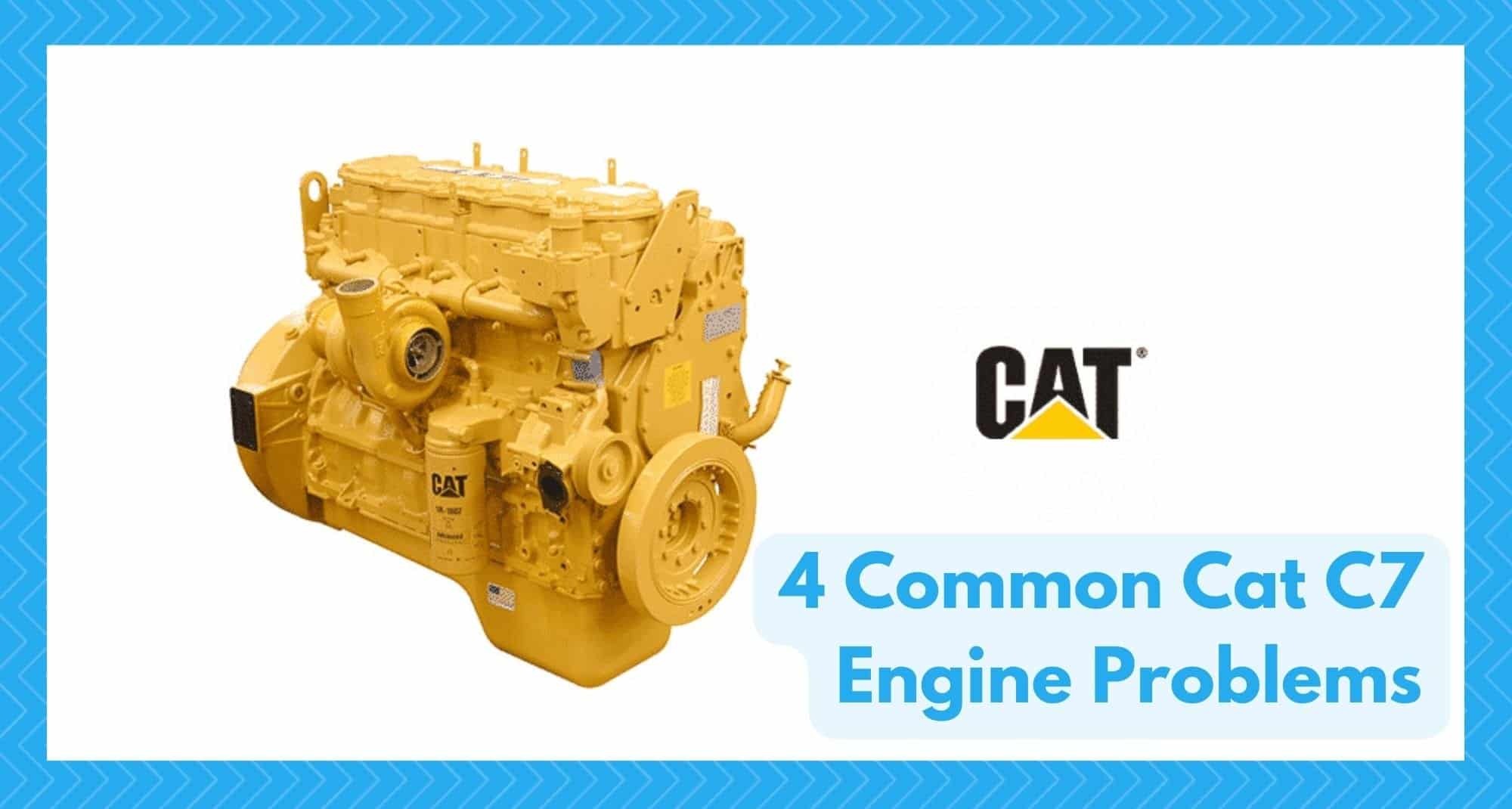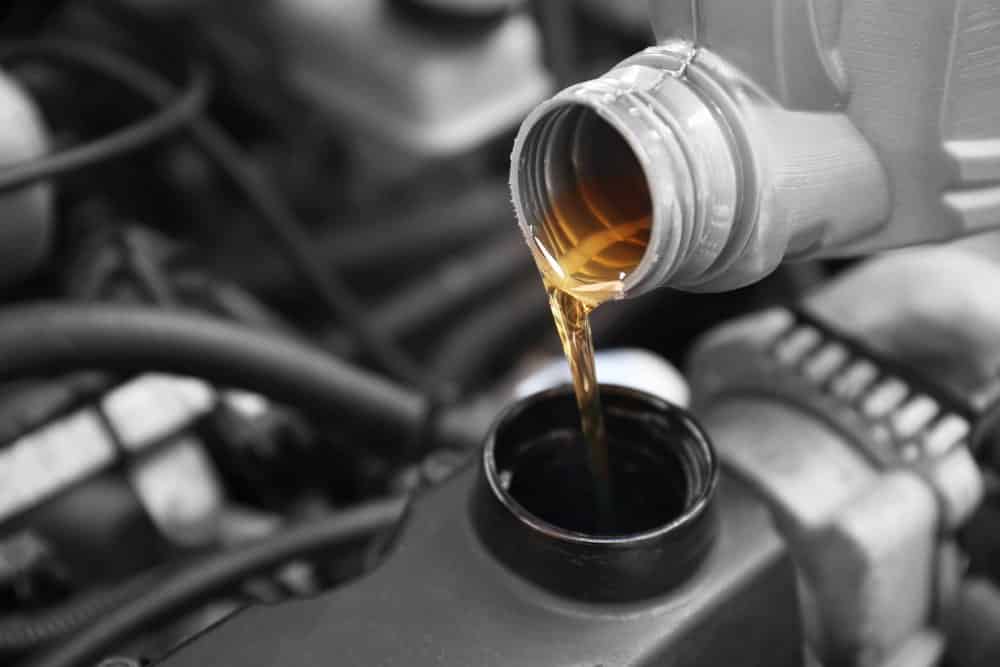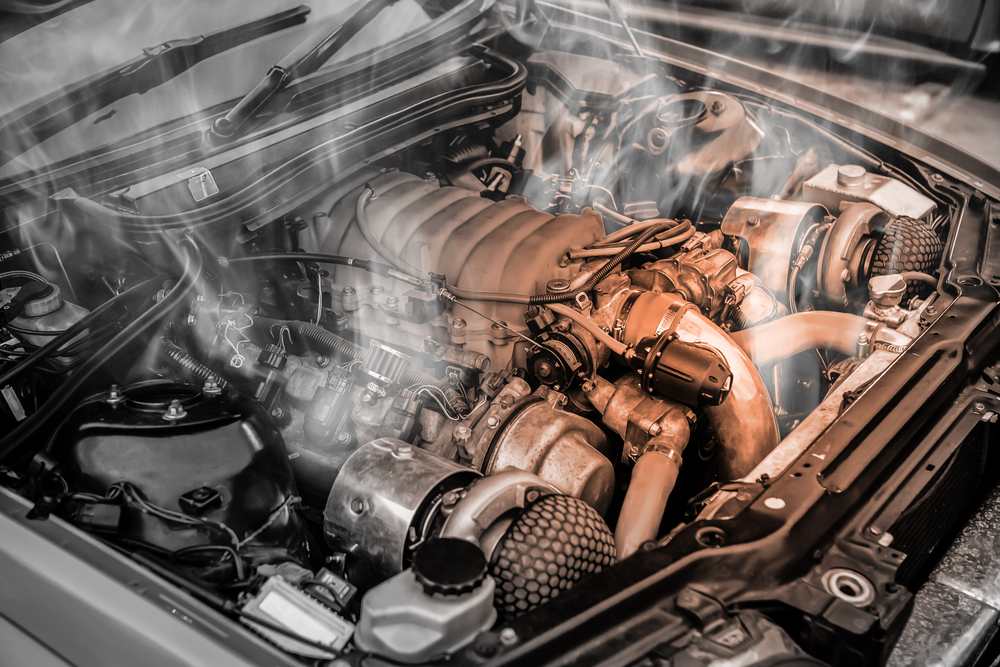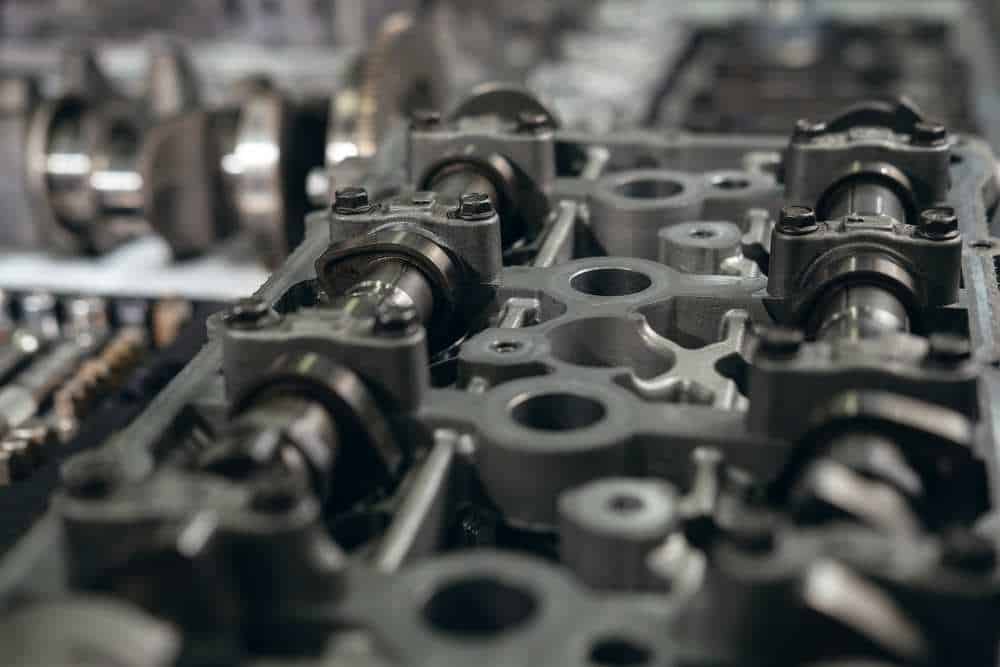
Caterpillar is a company that is well known worldwide for designing and making engines. Rather than for a standard car, these are predominantly for use in heavier vehicles, recreational vehicles, and motorhomes, along with agricultural vehicles and for industrial use.
They are currently the world’s leading manufacturer of both mining and construction equipment. They also produce industrial gas turbines, and in more recent years, diesel-electric locomotives.
Not only that, but they also have a number of companies that sit under the Caterpillar umbrella, and they manufacture a wide range of products, including work boots, workwear and a range of seemingly indestructible phones. You have probably come into contact with Caterpillar equipment without even knowing about it.
Cat C7 Engine Problems
The CAT C7 engine is widely regarded as one of the best and is consequently a very popular model. Unfortunately, the CAT C7 engine was produced at a time when the U.S we’re becoming particularly strict in regard to emissions regulations.
This has had a knock-on effect, with many professional mechanics reporting issues with the component parts. These have included low fuel economy, low power, and overheating when under stress, such as when you are driving uphill.
Some of these issues can be countered by following a regular preventative maintenance schedule, while others can be an easy fix. Within this article, we will explore some of the most common issues and, where possible, simple ways to fix them or next steps to take if professional assistance is required.
1. Engine oil
When you are driving along, there are not many things that are more worrying when than to start hearing knocking sounds from your engine. If this happens, find the nearest sensible and safe stopping point to investigate further.
You should ensure you stop somewhere that you can get out and safely move around the outside of your vehicle without causing an obstruction or putting yourself in danger.
Leave the engine running and lift the bonnet to see if you can figure out exactly where the noise is coming from as it may be useful to know. Then turn off your engine and leave it to cool down for a little while until it’s a safe temperature to touch things.
Engine oil consumption is known to be high on this model, mainly due to an issue with the injector seal. If the oil volume runs low, it is common to hear a knocking sound. Firstly, use your dipstick to check the oil level .
Whilst doing so, also take the opportunity to assess the condition. If the oil is darker than is should be or has become quite thick, then it may be time for an oil change. If the oil looks healthy but is low, then a simple top up should fix your issue.
2. Overheating
The CAT C7 is designed to run at a hotter temperature in order to burn off more of the diesel particulate matter that is produced. The cooling fan may not fire up until the temperature has reached 245 degrees Fahrenheit. It’s quite common for the engine to struggle and overheat whilst going uphill.
The best way to counter this whilst driving is to downshift to around 1100 RPM. However, it is also vital that you regularly check and top up your engine coolant to the recommended levels.
3. Valve issues
The CAT C7 engine has two different types of valves in use – the pressure relief valves and the IAPCV (injection actuation pressure control valves). Unfortunately, both these valve types are quote prone to failure, in particular the IAPCV type, which will fail and need replacing more regularly than the pressure relief type. Valve drop is a common issue, particularly on heavy duty machines and equipment.
The more you use your vehicle, the more common this fault will be. Checking the valves should form part of your preventative maintenance schedule and it’s a relatively easy process to change these yourself. However, if you are not confident doing so, we recommend taking the vehicle to a mechanic to get the work done.
4. ACERT technology issues
Caterpillar have created their own technology; ACERT. This acronym stands for Advanced Combustion Emissions Reduction Technology. Whilst this does reduce emissions as intended, some owners and mechanics have reported issues with blockages, in particular blocked turbocharger inlet and clogged diesel particulate filters. This is something to be aware of and to make your mechanic aware of if they are not so familiar with CAT engines.
Other commonly reported issues are cracked cylinder heads and failures of the crankshaft and/or the connecting rods. If you suspect either of these failures, you should cease driving your vehicle until it has been thoroughly inspected, either by yourself if you are sufficiently knowledgeable, or by a professional mechanic.






2000 algro 38 ft 7.2l diesel cranks over good but will not start
will start with a shot of starting fluid
C7 it’s has very difficult starting in the morning
GOSH!!!!! Help please before I go broke.
Stop engine and engine light comes on. Now engine light stays on and I have zero power. I have replaced every sensor along with wiring harness the turbo and waste gate is in proper working order. The engine light still on and I have zero power. I’m up 15,000.00 bucks already. It’s in a 2006 Winnebago journey engine just turned 60,000 miles. I bought 3 years ago with 43,000 miles. I don’t know what else to do.
Could it be the alternator? If the alternator isn’t working as it should, the battery will not get enough power to function invariably leading to power loss.
Maybe you should take a look at the alternator.
BRING TO MY SHOP IN MANLY IOWA MY MECHANICS ARE THE BEST…. THEY CAN FIGURE IT OUT…
Hello, I have a Grand Banks 47 with 2 Caterpillar C 7 engines which has one problem in that the speed of one of the engines suddenly drops by about 500 rpm, but after a few minutes it goes back up to normal speed! Do any of you know what causes this? Best regards Steen!